If you are a first-time mom, or if you have done this before, but didn’t get a good chance to look over your breast pump’s instruction manual, we want to give you some tips on knowing when pump parts might need to be replaced to ensure that you are getting the most from each pumping session.
Making a pump work requires a lot of moving parts working together to get breast milk from the breasts to the capture container so that your baby can benefit from it. It doesn’t matter if you have double breast pumps, a smaller, single electric pump, or an in-bra pump, there are things you need to know about them before their first use.
Using a pump that has parts that are wearing down can cause loss of suction, resulting in lower yield. This can not only make you uncomfortable but can also cause a dip in supply, and increase the chance of an infection.
Parts of a Breast Pump
So what are some basic parts of a breast pump?
- Breast Pump Flanges (can also be known as breast shields)
- Duck or Duckbill Valves
- Breast Pump Motor
- Valve Membranes
- Backflow Protectors
- Clean breast pump tubing
- Milk Collection Kits
There is no singular most important part of the breast pump. Instead, you want to look at them all as part of a team that when working together will create the most efficient, and best results during each pumping session.
Knowing the proper way of Cleaning and Sanitizing Pump Accessories can also prolong the life of your breast pump and its parts.
How Often Should You Replace Breast Pump Parts?
How often you need to replace your breast pump parts will be based on a few different factors. Some of the key factors are frequency of use, loss of suction, and type of breast pump that you have.
It is a good idea to always check over your pump for any type of visible damage or signs of wear on a regular basis. A good rule of thumb is that you will have some parts of your breast pump that will need to be replaced every 2-3 months. If you are exclusively pumping, you will need to replace your parts more frequently, possibly even every month.
Losing suction power is one of the main reasons you will want to look at replacing parts on your breast pump. Not only can it negatively affect your milk supply, but it can also provide an environment for milk to stay in the pump and produce harmful germs. You will also want to make sure that your breast pump flanges are fitting correctly and don’t show any cracks or visible wear. This can also negatively affect your pumping success
We encourage you to look over this General Guide to Replacing Pump Parts for a bit more detailed instructions and specific circumstances. You can also check to see if your insurance covers a breast pump and/or replacement parts.
Pump Replacement Parts to Keep On Hand
When you are preparing for your new baby and stocking up on all of the cute nursery goodies and adorable outfits it is also a great time to purchase some additional breast pump parts. Having spare parts on hand can give you some peace of mind that you won’t find yourself in the middle of the night needing a replacement and then it taking days to arrive.
If at any time you feel like your electrical unit or breast pump has some kind of irreparable damage and you feel it should still be under warranty be sure and read the pump manufacturer’s instructions on the steps to take to possibly get a refund or replacement pump.
Continuing to use an electric breast pump with old breast pump parts that aren’t working efficiently could hinder not only your pumping sessions but your overall breastfeeding journey.
If you are looking for more information on Different Kinds of Pumps or would like to look through our Ultimate Pumping Guide we encourage you to take in all of the valuable information that The Dairy Fairy has to offer. We continually work hard to provide the best products for all of our mommas who are on one of the most important journeys of their lives!

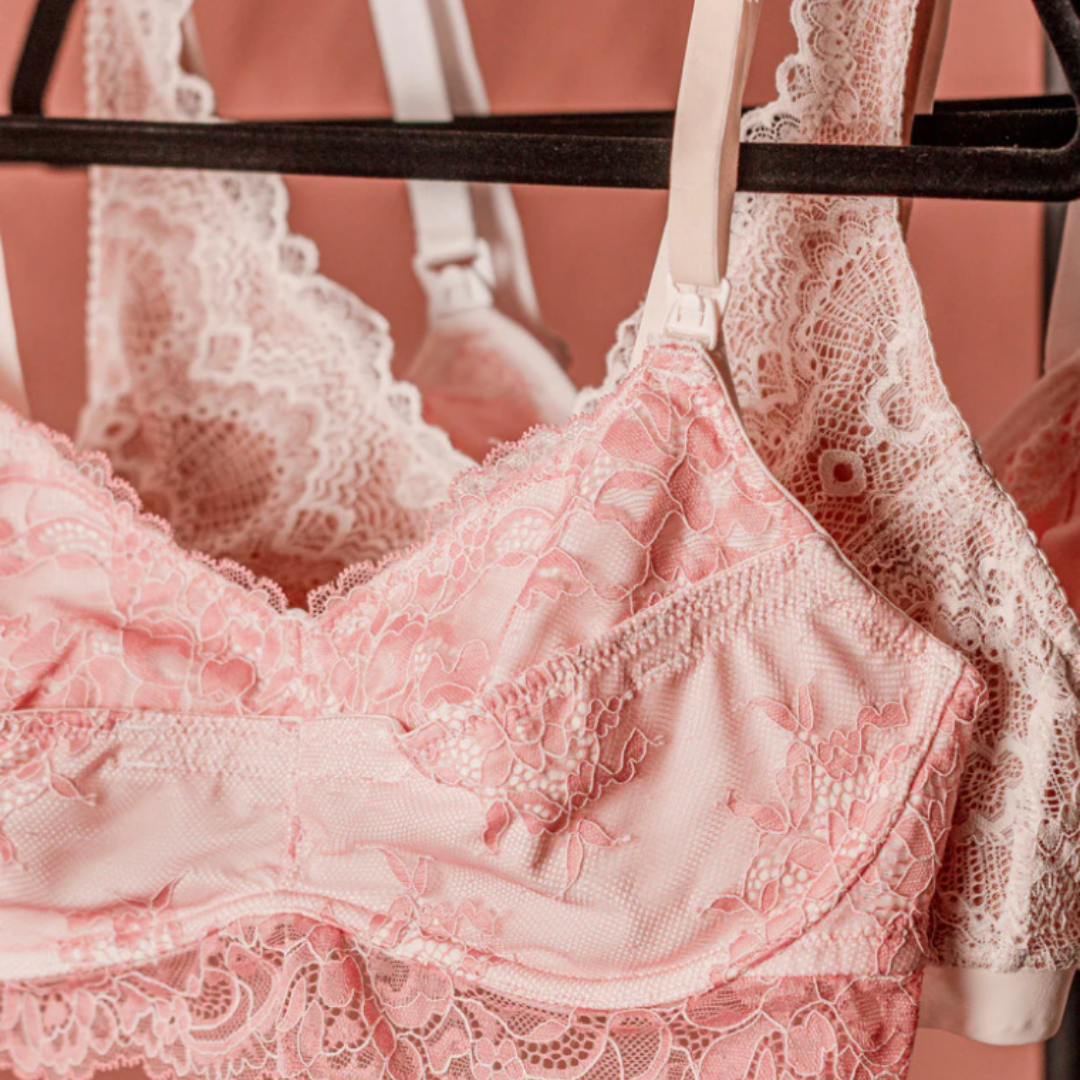
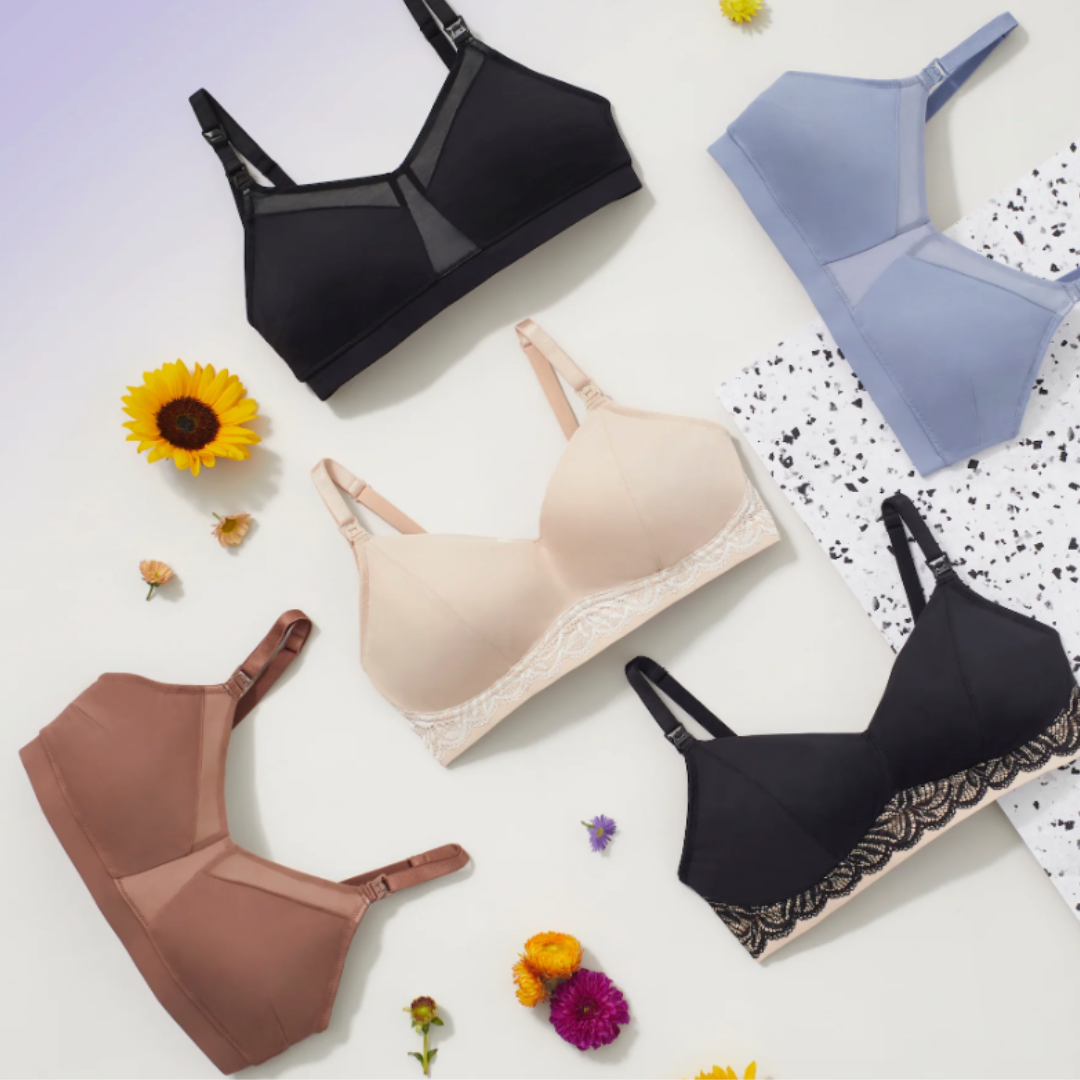
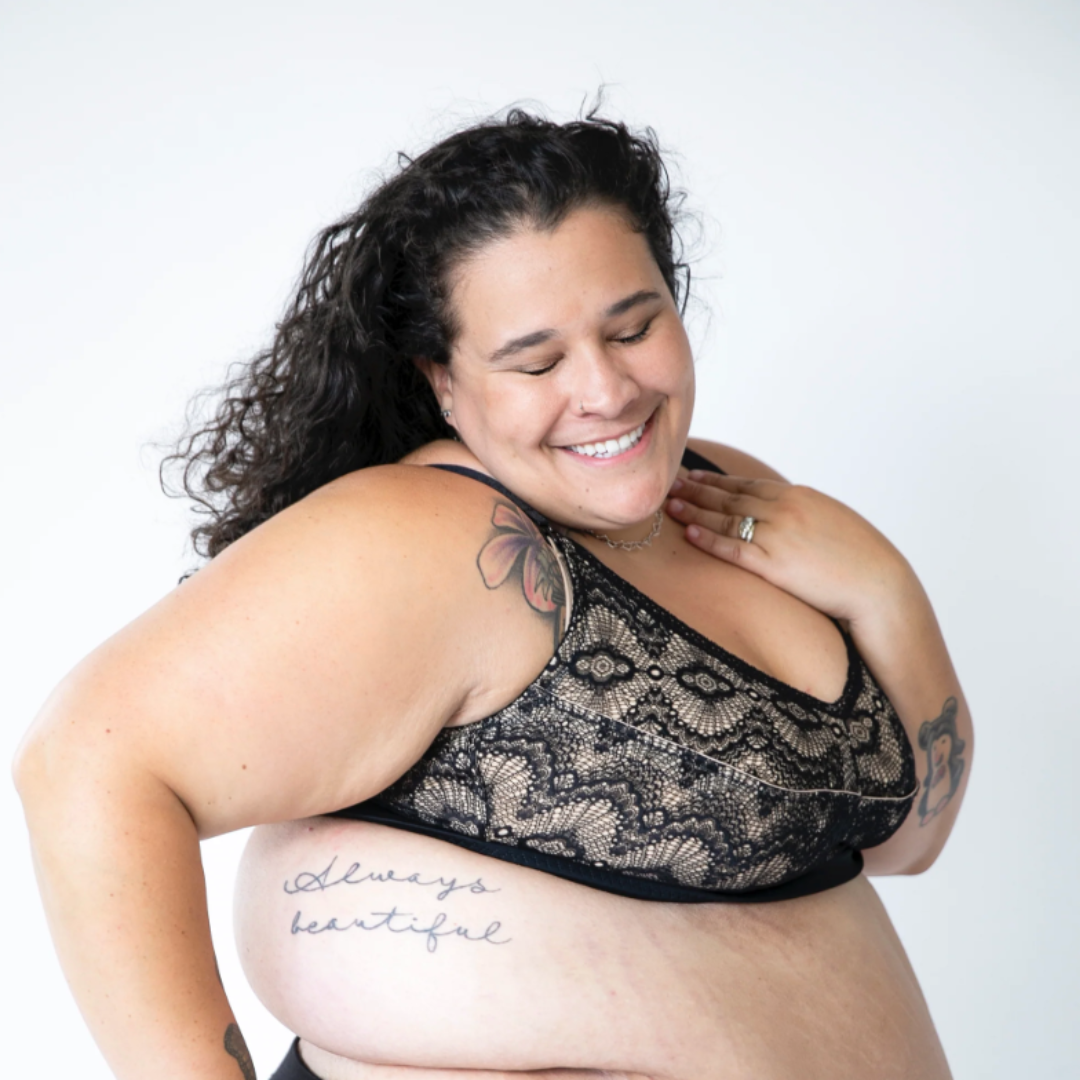
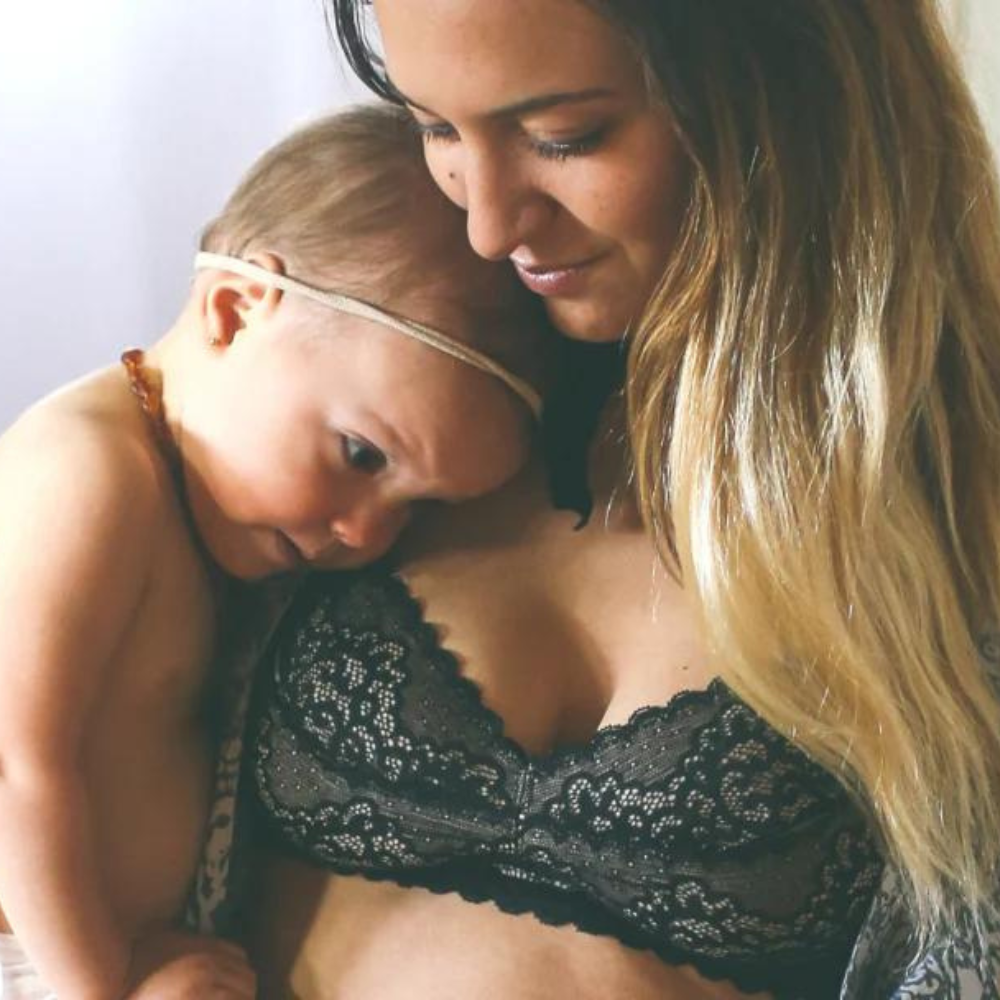
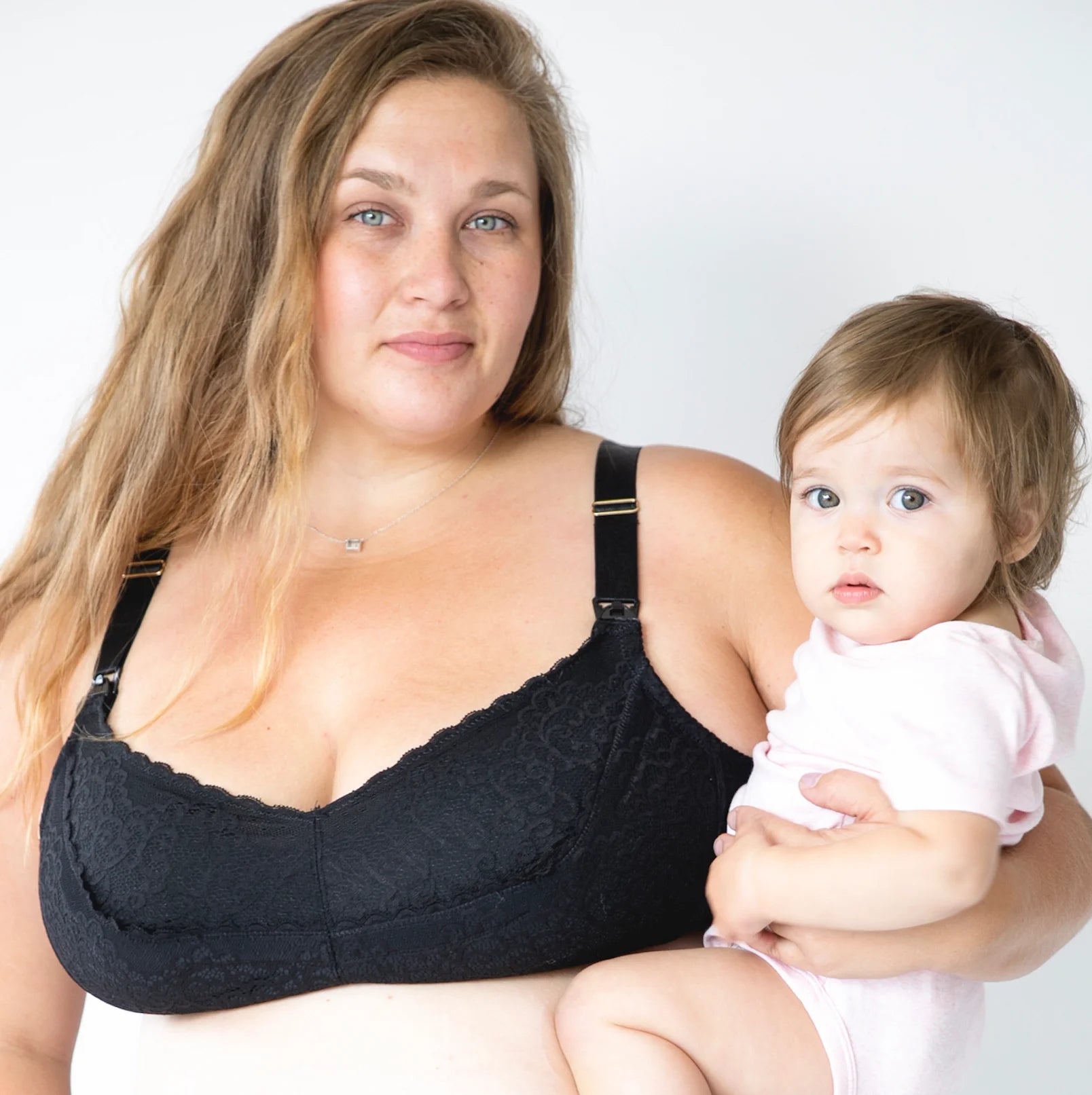
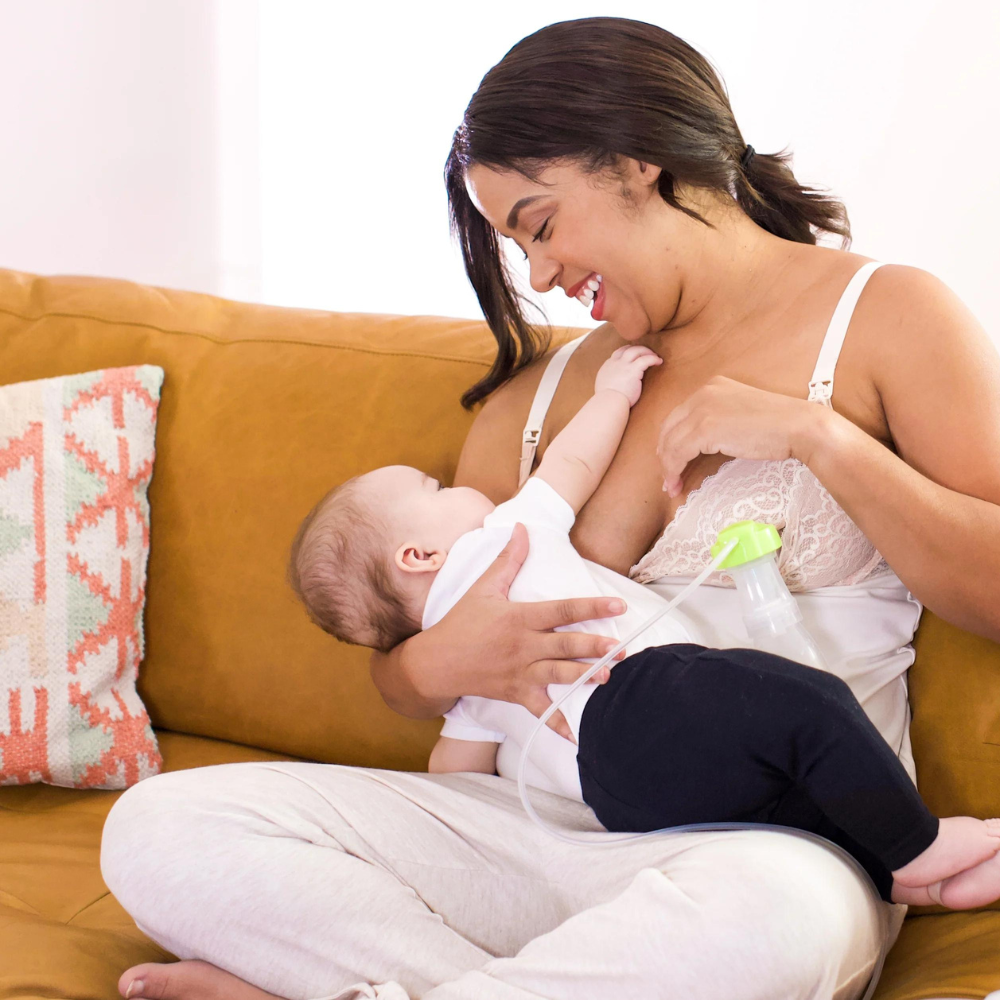
Leave a comment
All comments are moderated before being published.
This site is protected by hCaptcha and the hCaptcha Privacy Policy and Terms of Service apply.